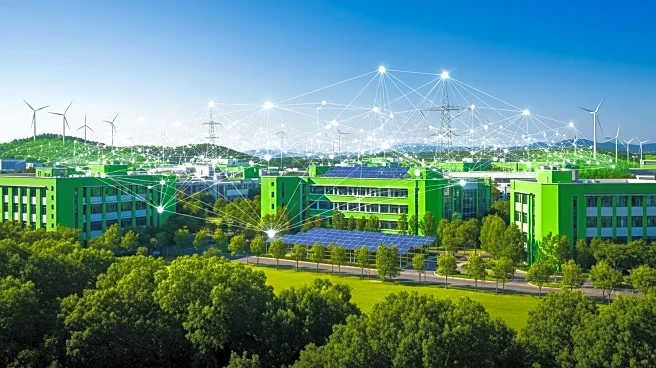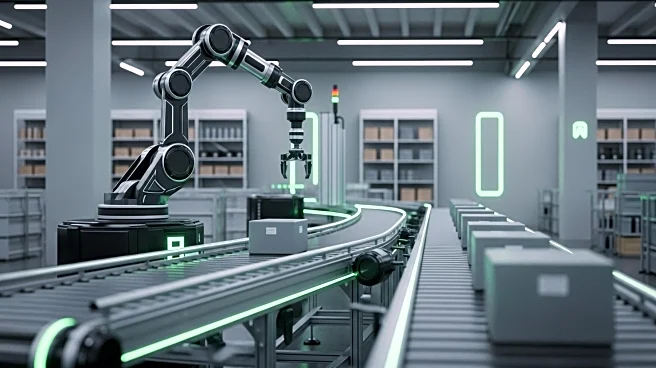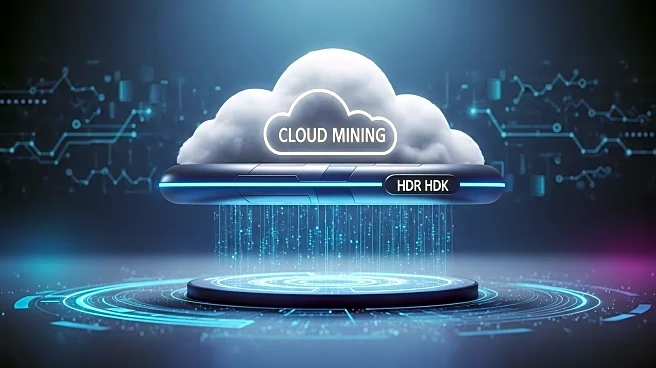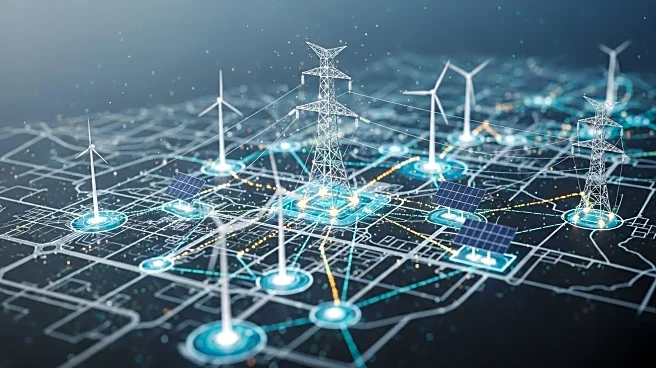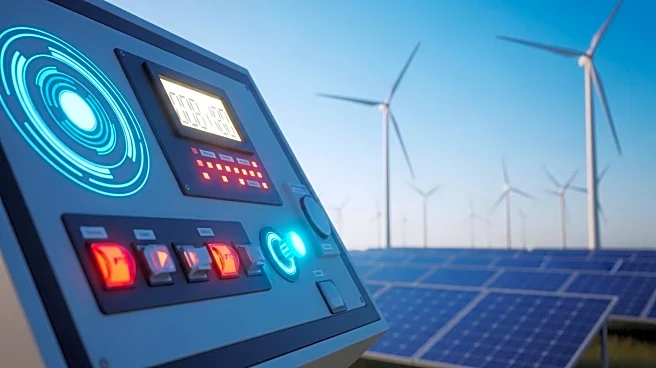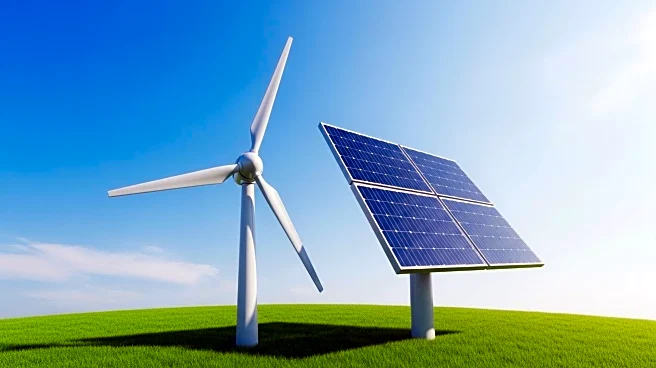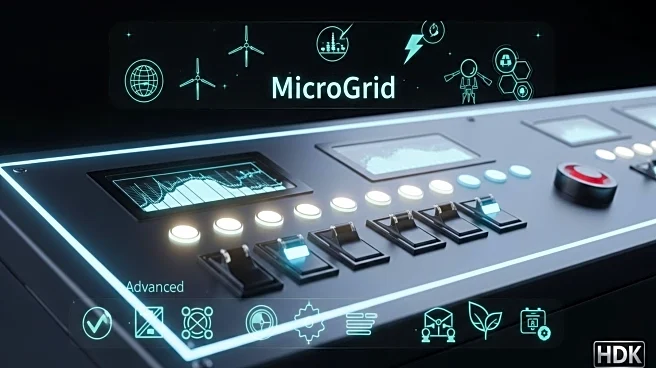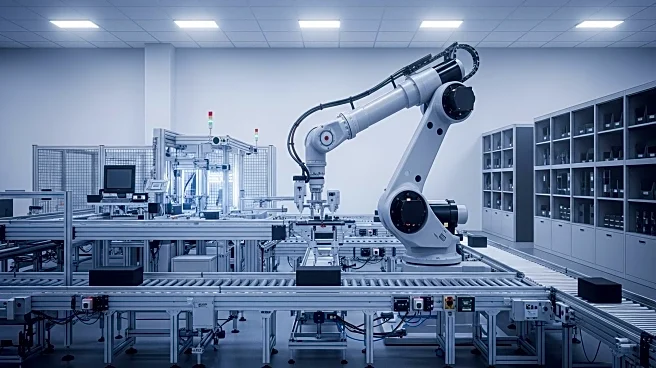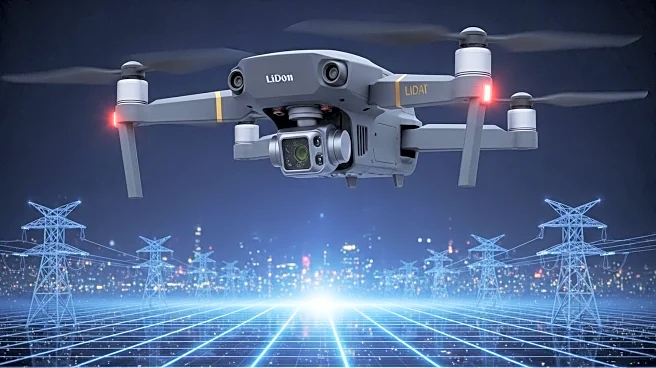What is the story about?
What's Happening?
Universities are increasingly adopting microgrids to enhance energy efficiency and sustainability on campuses. Microgrids are small, self-sustaining electrical systems that can operate independently of the main grid, providing reliable power during outages. They support energy generation through solar and wind, allowing campuses to be more independent from utilities. This approach aligns with the growing energy demands driven by AI and other high-intensity data processes in higher education.
Why It's Important?
The implementation of microgrids in universities is significant for reducing energy costs and supporting sustainability goals. By generating their own energy, campuses can decrease reliance on external utilities and enhance resilience during emergencies. This shift is crucial as AI and other technologies increase energy demands. Microgrids offer a pathway for universities to manage energy efficiently, contributing to environmental sustainability and operational reliability.
What's Next?
As more universities explore microgrid solutions, the focus will be on integrating renewable energy sources and optimizing energy use. Collaboration with energy experts and technology providers will be essential for successful implementation. Monitoring the impact on energy costs and sustainability metrics will guide future investments in microgrid technology. The trend may lead to broader adoption across educational institutions, setting a precedent for energy management in higher education.
AI Generated Content
Do you find this article useful?
